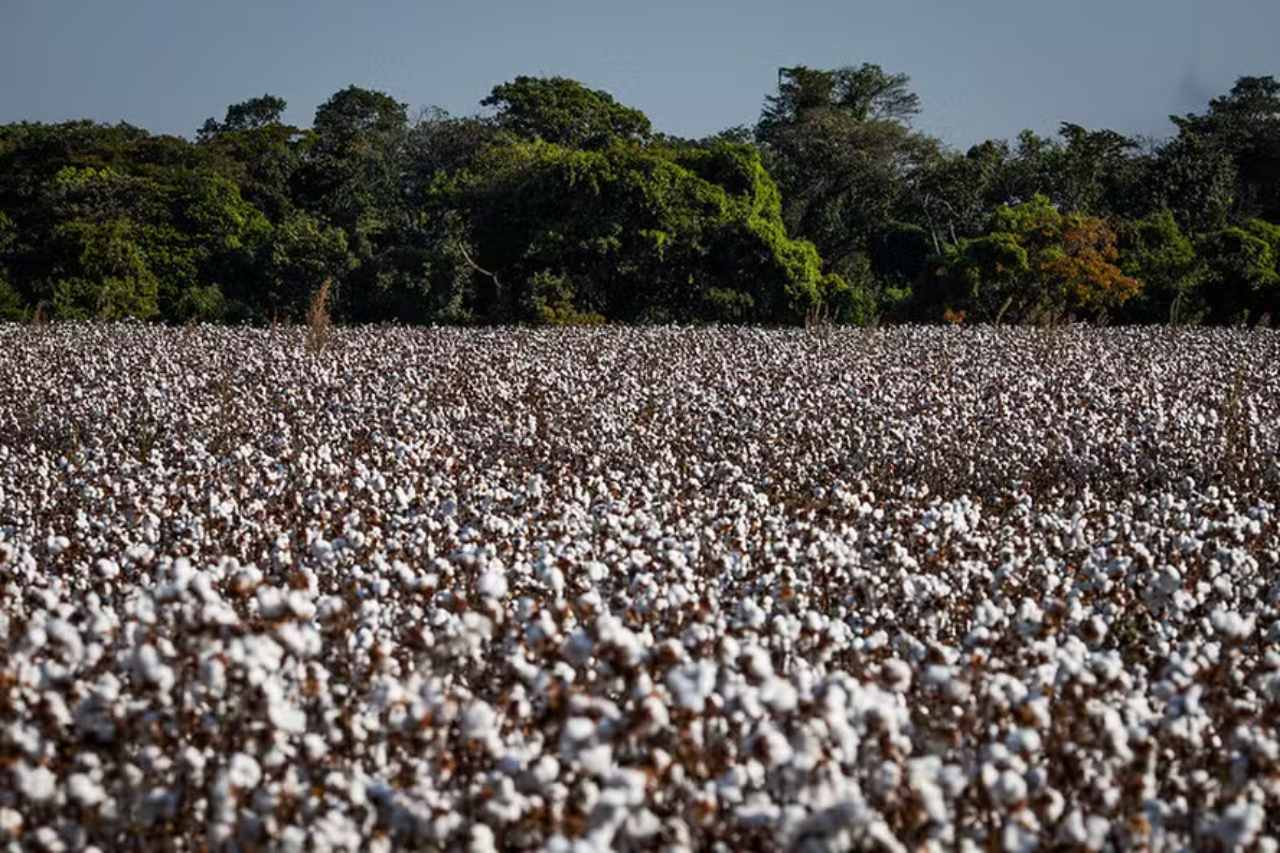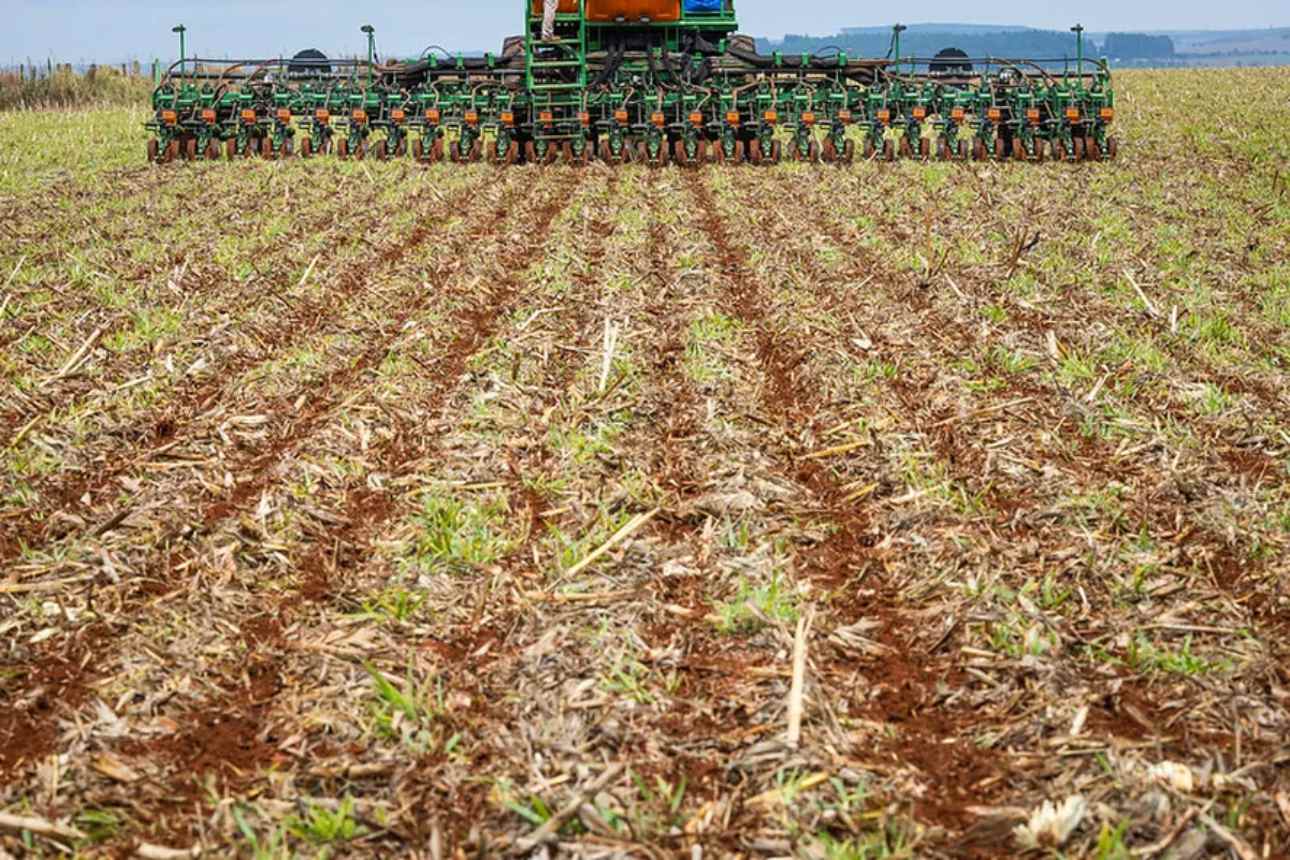US Elections Take a Backseat as Soybean Demand Grows
Soybean prices are continuing to climb on the Chicago Board of Trade (CBOT), driven by strong demand for U.S. soybeans. The most traded contracts for delivery in January increased by 0.45% on Tuesday (Nov. 5), reaching $10.0175 per bushel.
“Soybean prices are advancing due to increased demand for U.S. soybeans this season compared to the previous one. With no availability in Brazil, the U.S. has become a major supplier, even to China,” explains Francisco Queiroz, an analyst at Itaú BBA’s agricultural consulting division.
According to the U.S. Department of Agriculture (USDA), exports from the U.S. since the beginning of the 2024/25 crop year (Sept. 1) have totaled 12.79 million tons, a 3.5% increase compared to the same period last year.
Regarding the upcoming U.S. presidential elections, which could affect risk assets like agricultural commodities, Queiroz notes that the election campaign has not yet impacted soybean prices on the exchange. However, he forecasts two potential scenarios.
“Theoretically, a Kamala Harris victory would be positive for Chicago soybean prices and negative for Brazilian soybean premiums. On the other hand, a Trump victory would have the opposite effect,” Queiroz states.
Despite potential volatility linked to the U.S. presidential race, Queiroz believes any effects on soybean prices would be short-term, as the market is still influenced by expectations for a strong 2024/25 harvest.
“When we look at the broader market context, the fundamentals haven’t changed. We have an accelerated harvest with a positive production outlook in the U.S., and planting in Brazil is ahead of last year’s pace. Additionally, forecasts for rain in Argentina and Paraguay suggest a good South American crop,” he observes.
Corn
Corn prices also rose in Chicago, reflecting increased demand for U.S. corn. December contracts closed up 0.48%, at $4.1850 per bushel.
Queiroz attributes the recent uptick in corn prices to higher demand for U.S. corn. According to the USDA, U.S. corn exports increased by 33.7% in the 2024/25 crop year, reaching 7.42 million tons.
“Brazilian corn became too expensive on the global market, while U.S. corn is now the cheapest in the world. This has attracted demand,” explains the analyst.
Wheat
Wheat prices also saw a rise on the CBOT, with attention focused on the U.S. and European harvests. December contracts closed up 0.66%, at $5.7250 per bushel.
Despite rainfall, the U.S. winter wheat planting is behind schedule. By the previous Sunday, producers had planted 87% of the 2024/25 crop area, slightly behind the 88% planted at the same time last year but ahead of the 89% five-year average, according to the USDA.
In Europe, excessive moisture is a concern, as adverse weather conditions are disrupting sowing activities.





